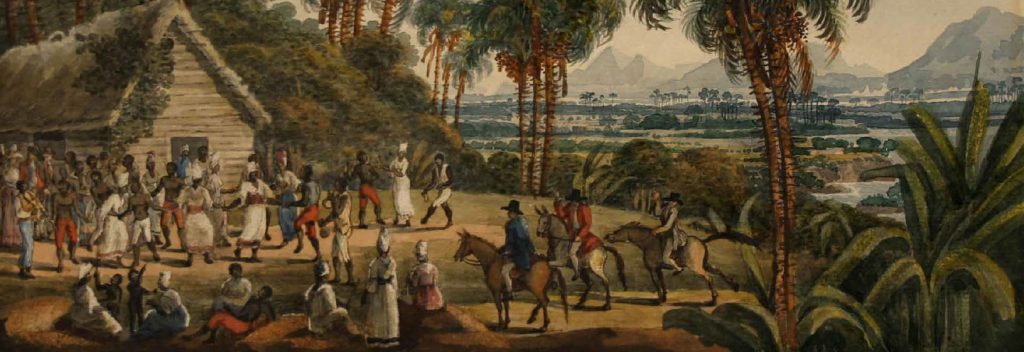Grenada and the Transatlantic Slave Trade

During the European colonization of Grenada, it is estimated that over 129,000 enslaved were brought to the island between 1669-1808 (just after the British abolished the slave trade in 1807), although it is likely higher because numbers during the French period are patchy (Martin 2007).
The first official census was conducted in 1669, when Grenada’s population was 506 (not including Amerindians), with 222 enslaved (Martin 2013:119). As in most islands, the slave population would overtake the free population during the French period (1659- 1762; reaching 15,200 enslaved in 1763) (Martin 2013:Table 7.4), but would not reach the levels seen after the 1763 British takeover.
The French colony regularly complained to Martinique about the lack of slave ships passing Grenada, but French plantations also tended to be small plots, focused on crops like indigo, cocoa, coffee, cotton, and some sugar cane. During the British period, the latter exploded, collapsing small farm plots into large sugar plantations and creating an insatiable appetite for enslaved labor.
Slavery was eventually abolished in 1834, but included a six-year apprentice period that was abandoned 1838. The 1833 Act of Emancipation, which freed over 23,600 enslaved in Grenada, was made possible in part through the compensation of Grenada’s plantation owners totaling £616,255 (the equivalent of £75,014,450 in 2020) (Martin 2007). The formerly enslaved received nothing and many continued to work on the same plantations as wage laborers.

Martin, John Angus